I got mine today. More on that in a moment.
I think just about everybody dreads performance evaluations. Managers hate doing them and employees hate having their work “evaluated.”
All managers know this is something that should be happening on an ongoing basis. But it’s so uncomfortable (remember that scene in Office Space with the “Bobs”) it usually happens only once a year, usually at budget/raise time.
Employees don’t hear a single word of the evaluation (assuming there’s a face-to-face with the boss) because they’re just waiting to hear how much of a raise they got. They also question whether the boss has any idea of how they are really “performing.” At least that’s how I remember it, before I parachuted out of management, landing safely in Learfield’s Internal Services Group (accounting, engineering, IT).
A couple of of years ago the head of ISG asked for my ideas on how to evaluate what I do. (Huh. Why didn’t I think of that?) I suggested he ask the people I worked with (and for) what they thought, keeping their responses anonymous, of course. He liked the idea and we’ve done it that way (for me) for the last two years.
Most of this year’s feedback was positive (modesty prevents me from sharing) but I do have some areas that still need improvement:
“…can be sarcastic but almost always in fun. Steve lives and breathes the web both at work and in his off time. The downside is whatever he is working with or reading at the time, you are going to hear about it at least as much as you want if not more.”
“Steve Has a tendency to be flippant and arrogant if you don’t agree with this assessment that the world revolves around the Web (and Apple). Sometimes we have clients that need something simple or have a need that he doesn’t agree with. Patience, and understanding that other points of view may be valid, would be appreciated in those instances.”
“Steve is very creative and talented. With that skill set comes a certain degree of “attitude” that isn’t always well-accepted/understood by others.”
Guilty as charged. I’m something of a smart-ass but I’m working on changing that. (Sharing this here is a small part of that effort).
But I like this kind of performance review. The anonymity makes it easy to get the cold hard truth. Every encounter with a co-worker or client is an opportunity to get right … or get it wrong. Keeps a boy on his toes.

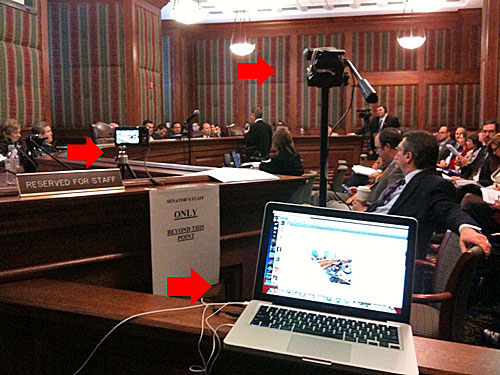
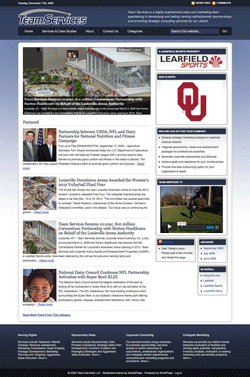




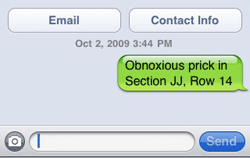

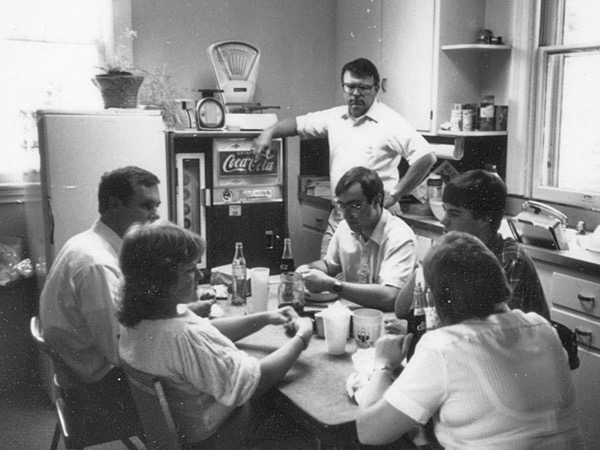
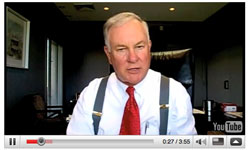 He shot the video by setting his Casio Exilim on the window sill (to get the best light) and ad libbing his post in one take. By the time I got there, he had the file on the desktop of his iMac and just wanted to know best way to trim the front and back. I showed him how to do that in iMovie and then gave him the login to my YouTube account.
He shot the video by setting his Casio Exilim on the window sill (to get the best light) and ad libbing his post in one take. By the time I got there, he had the file on the desktop of his iMac and just wanted to know best way to trim the front and back. I showed him how to do that in iMovie and then gave him the login to my YouTube account.